It’s postwar America, and by the early 1950s, two-seat roadsters are everywhere.
Blame the British, who produced any number of small, light roadsters wearing nameplates like MG, Triumph, and most particularly, Jaguar with its stunning XK 120.
It’s 1953, and even Studebaker enjoyed success with its Raymond Loewy-designed Starliner coupe. But it is far from the only American automaker answer to consumers’ sudden desire for coupes and roadsters.
A RUMOR PROVES TRUE
K.T. Keller, chairman of the board for Chrysler Corp., heard a rumor.
Chrysler recently acquired Briggs Manufacturing in 1953, an independent company that specialized in body fabrication. Someone at Briggs was friendly with a Chevrolet engineer working on a new roadster, the Corvette.
Hearing this, Keller charges design executive Virgil Exner, who had previously worked with Raymond Loewy at Studebaker, to develop a response to the Corvette. Exner who is then running an advance design studio at Chrysler, creates an imposing response: the two-seat Plymouth Belmont concept car.
By the time the 1954 Plymouth Belmont appears, the Corvette rumors have proven true. Yet Chrysler’s response uses as many off-the-shelf parts as possible. Unlike Chevrolet with the Corvette or Ford Motor Co. with its forthcoming Thunderbird, Chrysler could not afford to build a car from scratch.
The 1954 Plymouth Belmont concept uses a 1954 Dodge platform that underpins its coupes and convertibles, and is powered by its 4.0-liter V8. Looking nothing like a Dodge, the Plymouth Belmont boasts a long hood, two seats and a coke bottle beltline. Plymouth dealers need glamor in 1954 as sales are sagging. Yet despite dealer demands for the car be put in production, Chrysler Corp. executives decide the car’s styling is too dated, and the concept is shelved.
Still, Chrysler Corp. needs something to counter the Corvette and, as it would turn out, the Thunderbird. But luck is with them, for Chrysler did have something that was attracting attention: its Hemi V8.
Introduced in 1951, the 5.4-liter Hemi V8 features hemispherical combustion heads, which produce greater power. Originally producing 180 horsepower, the Hemi continues to grow in size and output.
As the company is about to launch an all-new 1955 Chrysler brand lineup, Exner, Sales Manager Ed Braden and Chrysler Division Chief Engineer Robert Roger realize they lacked a vehicle that truly showcases the Hemi.
And the Corvette has a weak point: its engine. It’s powered by Chevrolet’s Stovebolt Six, a 6-cylinder engine introduced in 1929 and earning a nickname that truly describes its performance.
But given Chrysler’s lack of funding, how to bring something special to market? That’s when their thoughts turn to the Buick Century.
BANKERS HOT ROD
The Buick Century debuted for 1936 with a new idea that had never been tried before — and has since been copied endlessly by every automaker on the planet. It has the biggest engine in the smallest body.
Buick named the car the Century because it could reach 100 mph, a rarity as the time. It quickly becomes known as the banker’s hot rod, known for its high quality, tasteful styling and outrageous performance. It would last through World War II.
Reintroduced for 1954, it uses the entry-level Buick Special body, but is powered by the top-of-the-line Roadmaster engine. It’s the fastest production car of 1954, and one that caught everyone’s attention, including Chrysler’s.
The company has the Hemi and needs something unique, and the Buick Century proves to be the perfect template.
They go to work, cobbling together a Chrysler New Yorker bodyshell with a Chrysler Imperial front end and a Chrysler Windsor rear clip. Power comes from the Hemi, now boasting an industry-leading 300-horsepower. And it’s fast, running 0–60 mph in 10 seconds.
In fact, it goes on to win both the NASCAR and AAA stock car racing series in its first year at a time when stock car racing featured stock cars, aka ones available at your dealer.
And it starts at $4,109, or $46,855 adjusted for inflation.
The 300 and its Hemi engine would retain its performance luster through the early 1970s, when the onslaught of government regulation and skinflint Chrysler accountants slowly inflict death by a thousand cuts.
It would be revived in 1999 as the front-wheel-drive 300M. But it would take Chrysler’s takeover by German automaker Daimler to truly revive the 300 in a manner that truly honored the original C300. But inexorably, corporate contempt would once more rob the 300 of its goodness, with it finally succumbing once more this year.
So, let’s remember the C300, born this week in 1955, at a time when American automakers truly led the world.

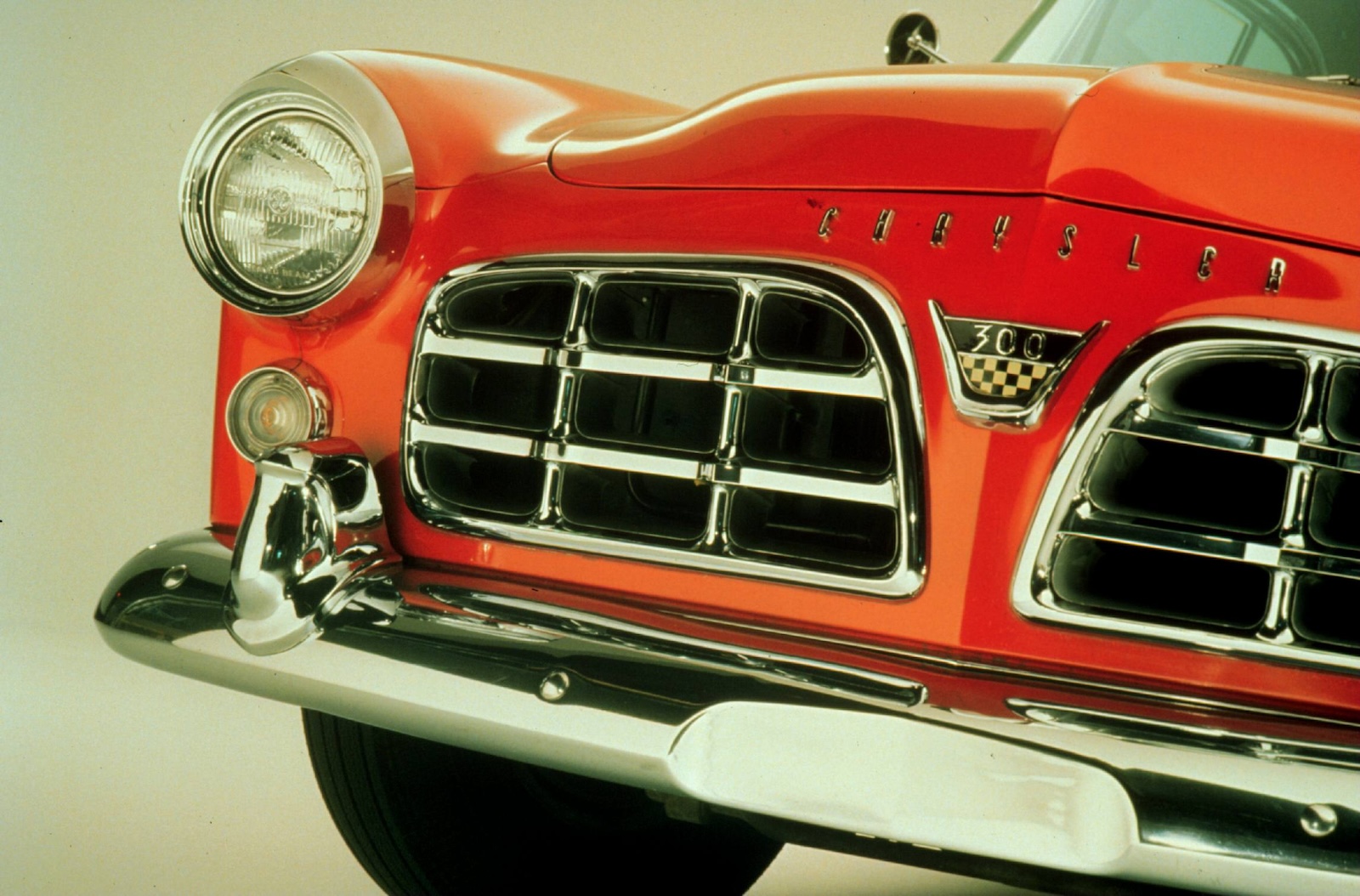
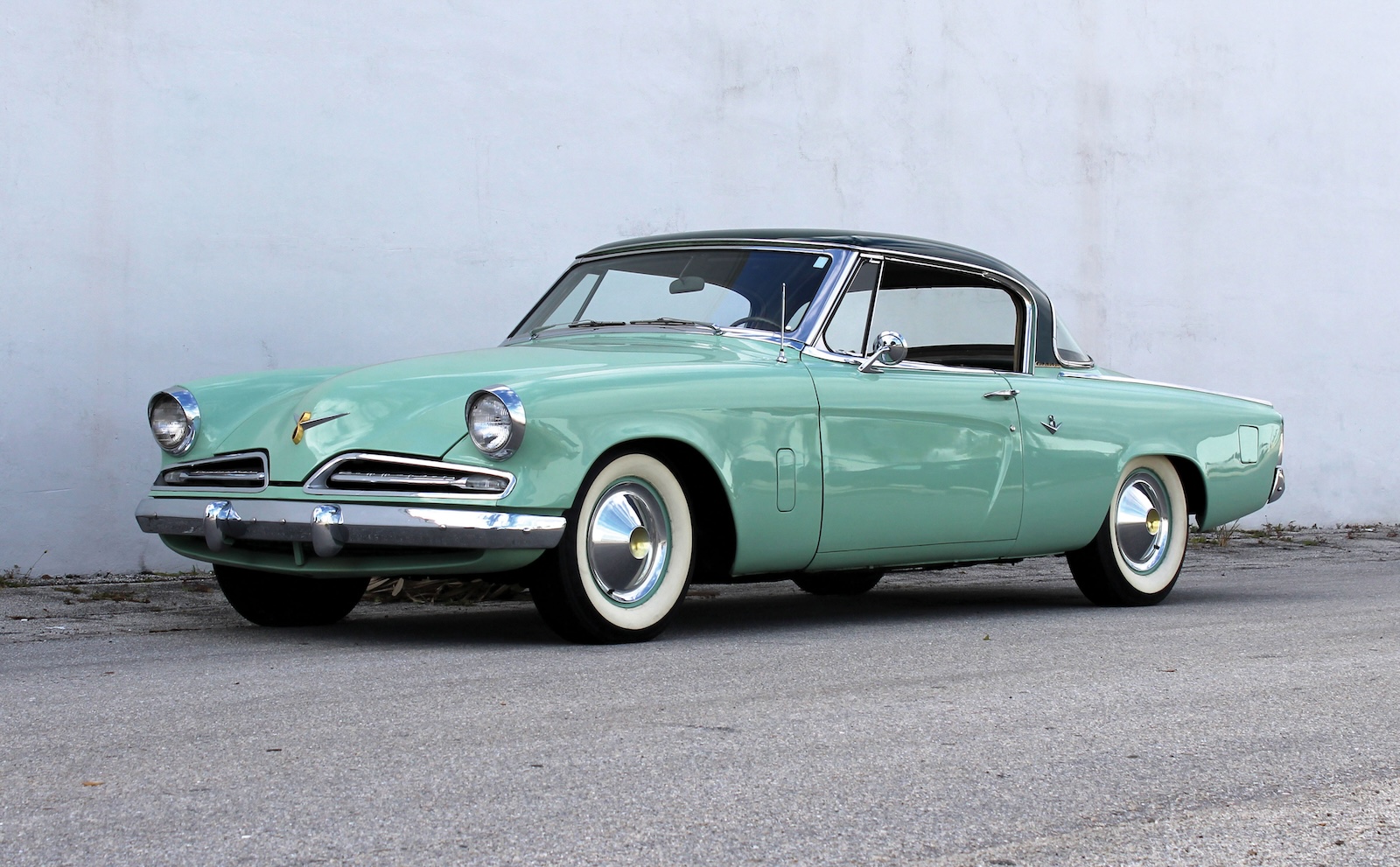
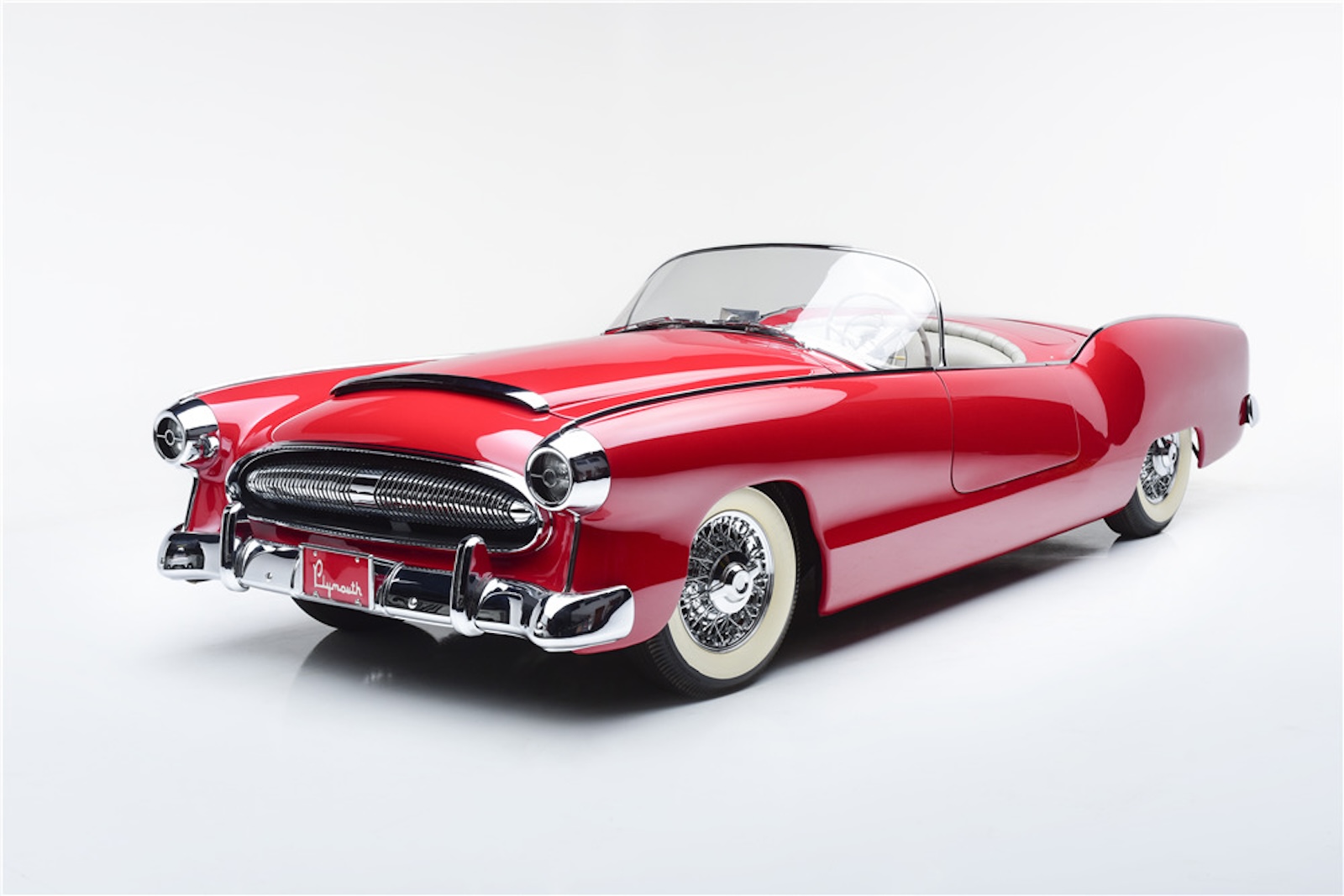
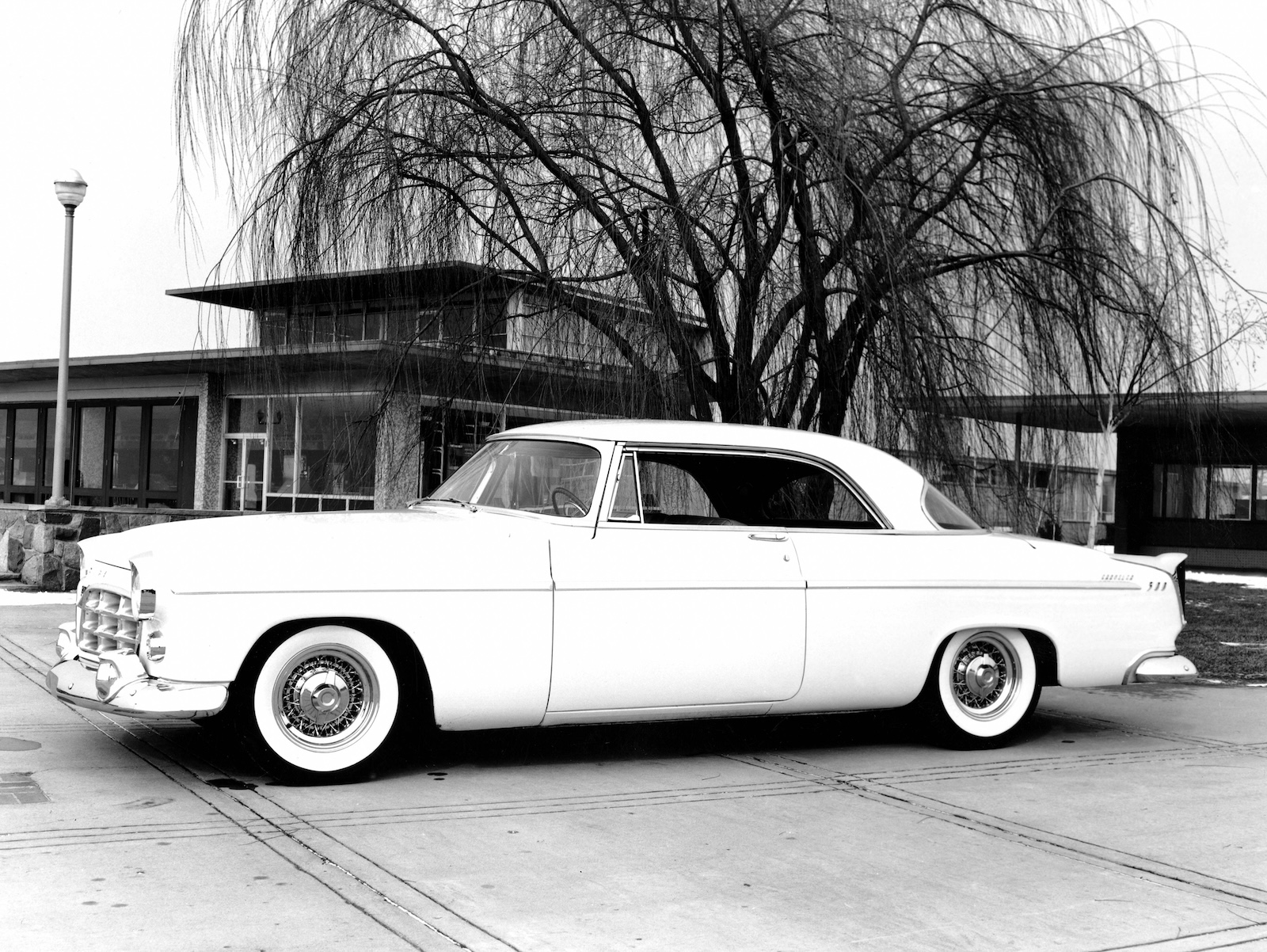
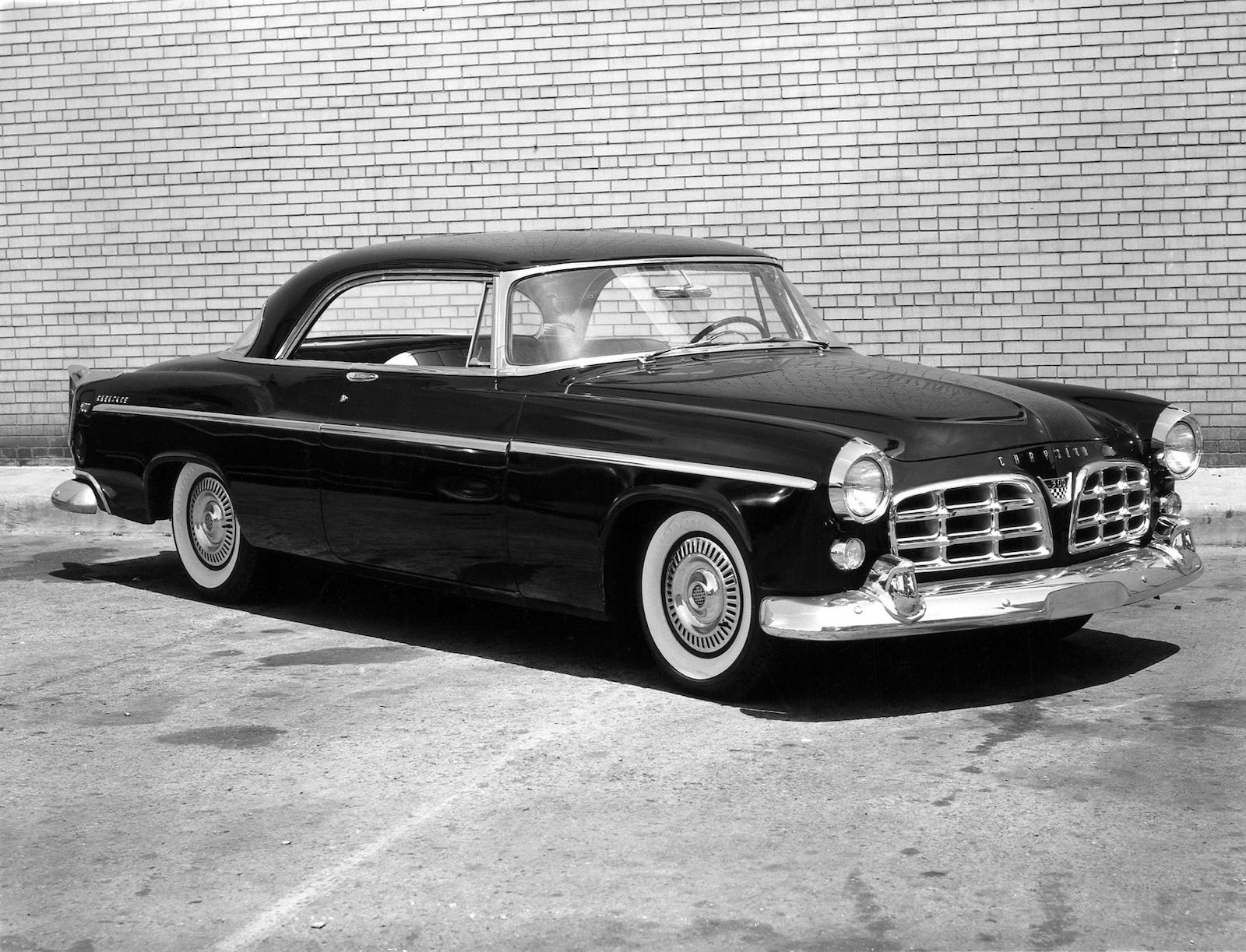
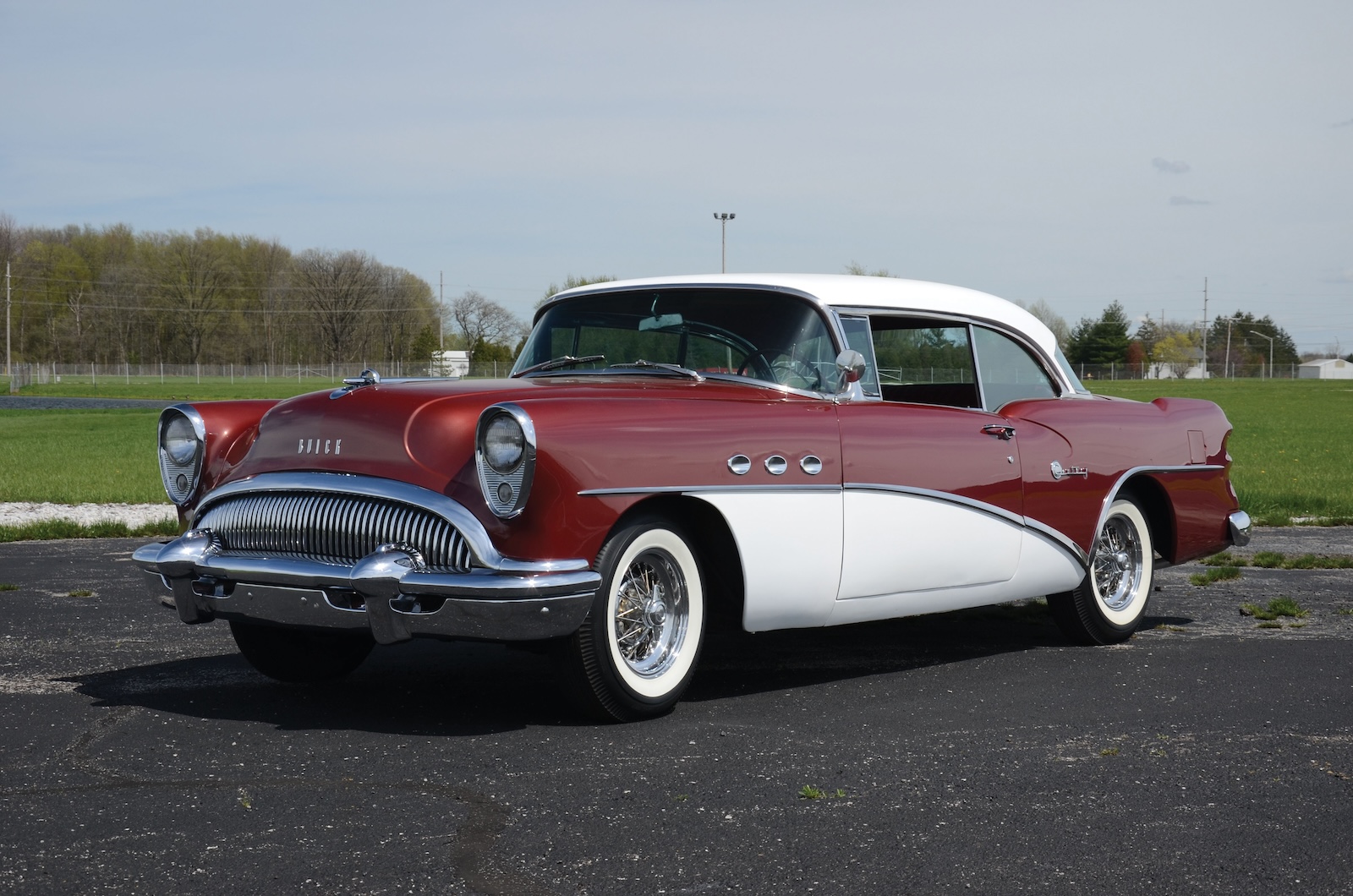
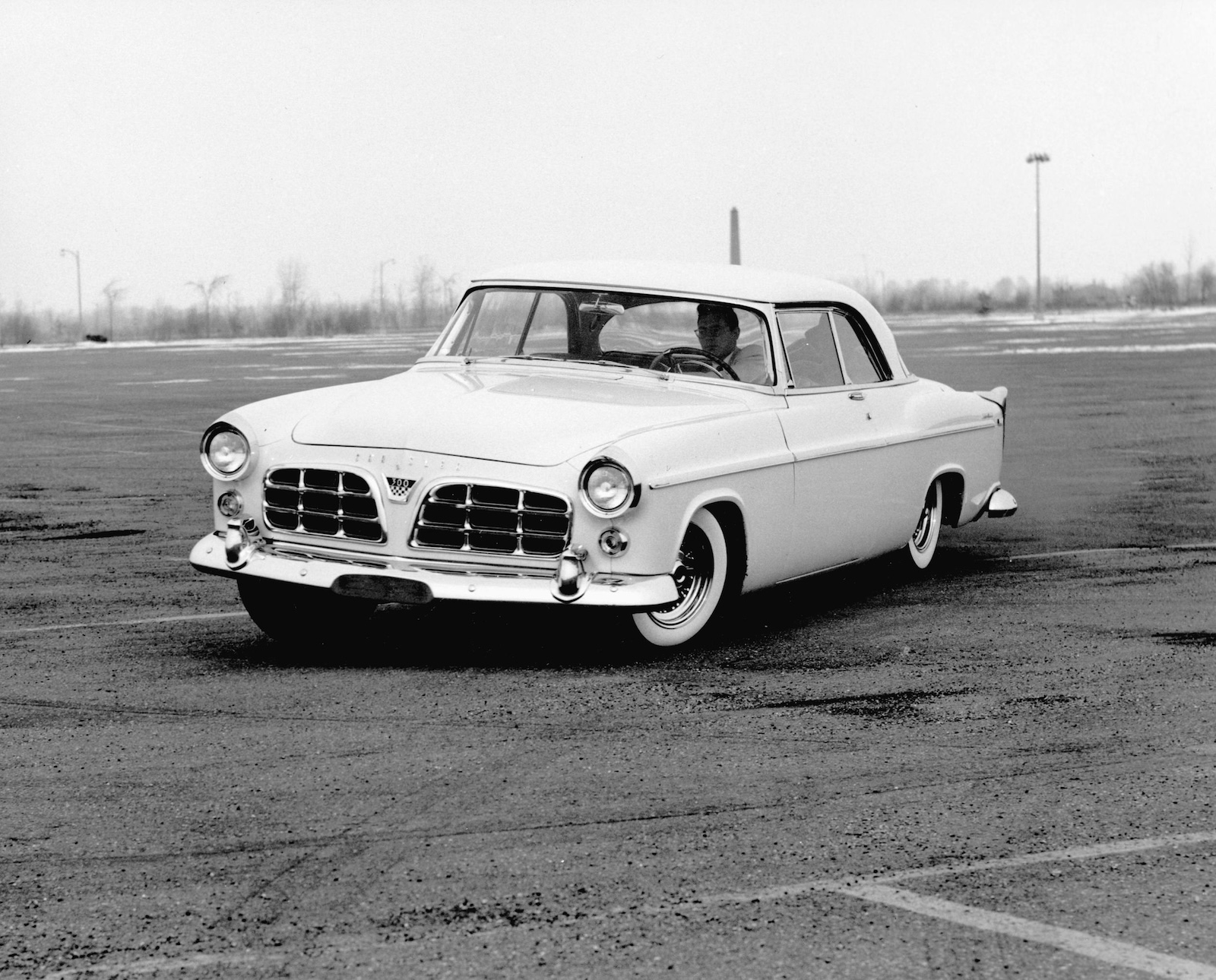
0 Comments